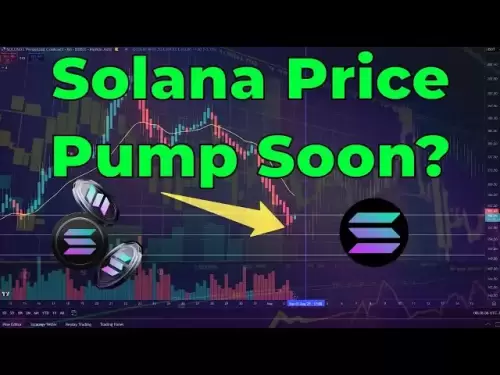-
 Bitcoin
Bitcoin $113900
0.47% -
 Ethereum
Ethereum $3491
-0.42% -
 XRP
XRP $2.876
-1.87% -
 Tether USDt
Tether USDt $1.000
0.03% -
 BNB
BNB $750.4
-0.49% -
 Solana
Solana $161.3
-1.76% -
 USDC
USDC $0.9999
0.01% -
 TRON
TRON $0.3242
-0.91% -
 Dogecoin
Dogecoin $0.1985
-0.19% -
 Cardano
Cardano $0.7241
1.49% -
 Hyperliquid
Hyperliquid $38.05
0.56% -
 Stellar
Stellar $0.3896
2.92% -
 Sui
Sui $3.442
0.61% -
 Chainlink
Chainlink $16.18
0.92% -
 Bitcoin Cash
Bitcoin Cash $541.0
0.51% -
 Hedera
Hedera $0.2427
2.67% -
 Ethena USDe
Ethena USDe $1.001
0.03% -
 Avalanche
Avalanche $21.39
-0.68% -
 Toncoin
Toncoin $3.669
2.25% -
 Litecoin
Litecoin $109.5
0.95% -
 UNUS SED LEO
UNUS SED LEO $8.966
0.11% -
 Shiba Inu
Shiba Inu $0.00001218
0.77% -
 Polkadot
Polkadot $3.598
1.23% -
 Uniswap
Uniswap $9.164
1.14% -
 Monero
Monero $297.7
1.21% -
 Dai
Dai $1.000
0.00% -
 Bitget Token
Bitget Token $4.328
0.84% -
 Pepe
Pepe $0.00001047
1.05% -
 Cronos
Cronos $0.1329
0.70% -
 Aave
Aave $257.6
1.03%
How to verify the XRP quantitative model? Is there a big gap between historical backtesting and actual trading?
The XRP quantitative model uses historical data to predict price movements, but discrepancies between backtesting and real trading can arise due to market conditions and transaction costs.
May 19, 2025 at 08:42 pm
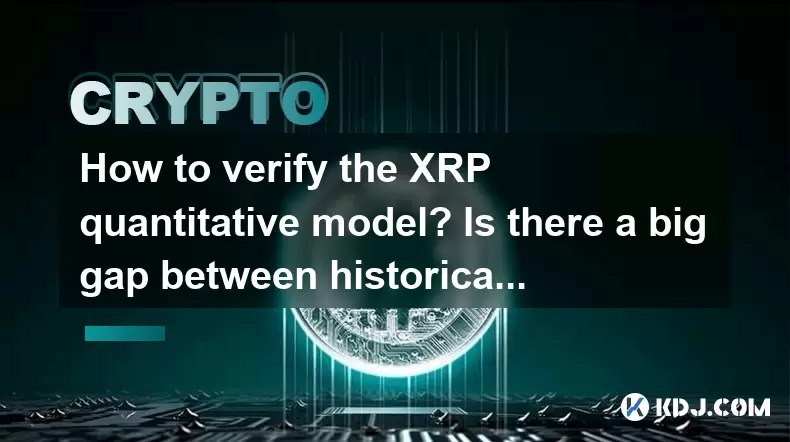
Introduction to XRP Quantitative Model
The XRP quantitative model is a tool used by traders and investors to analyze the potential performance of XRP, the cryptocurrency native to the Ripple network. This model uses historical data and various algorithms to predict future price movements and trading opportunities. Verifying the accuracy of such a model involves rigorous backtesting and comparing the results to actual trading performance. This article will guide you through the process of verifying an XRP quantitative model and explore the potential discrepancies between historical backtesting and real-world trading.
Understanding the XRP Quantitative Model
Before diving into the verification process, it's crucial to understand what an XRP quantitative model entails. These models typically incorporate factors such as market trends, trading volumes, and technical indicators to forecast XRP's price movements. The goal is to identify patterns and trends that can be exploited for profit. However, the effectiveness of these models hinges on their ability to accurately predict future market conditions based on historical data.
Steps to Verify the XRP Quantitative Model
Verifying an XRP quantitative model involves several steps, which can be broadly categorized into data collection, backtesting, and validation against actual trading results. Here's a detailed breakdown of these steps:
Collect Historical Data: The first step is to gather historical price and volume data for XRP. This data should cover a significant period to ensure the model's robustness. You can use platforms like CoinAPI or CryptoCompare to obtain this data.
Implement the Model: Once you have the data, you need to implement the quantitative model. This involves coding the algorithms and indicators that the model uses to make predictions. For example, you might use moving averages, RSI, or other technical indicators.
Run Backtests: With the model implemented, you can now run backtests on the historical data. This involves simulating trades based on the model's predictions and calculating the hypothetical profits or losses. Tools like Backtrader or Quantopian can be used for this purpose.
Analyze Backtesting Results: After running the backtests, you need to analyze the results to assess the model's performance. Key metrics to look at include the Sharpe ratio, maximum drawdown, and overall profitability. If the model performs well in backtesting, it's a good sign, but further validation is necessary.
Compare to Actual Trading: The final step is to compare the backtesting results to actual trading performance. This involves trading XRP based on the model's predictions in real-time and tracking the results. You can use trading platforms like Binance or Kraken to execute these trades.
Identifying Discrepancies Between Backtesting and Actual Trading
It's common to find discrepancies between the results of backtesting and actual trading. These discrepancies can arise due to several factors:
Market Conditions: Backtesting is based on historical data, which may not reflect current market conditions. For example, if the market was less volatile during the backtesting period, the model might perform worse in a more volatile environment.
Transaction Costs: Backtesting often overlooks transaction costs such as fees and slippage, which can significantly impact trading performance. In real trading, these costs can erode profits.
Overfitting: Models can be overfitted to historical data, meaning they perform well on past data but fail to generalize to new data. This is a common pitfall in quantitative trading.
Execution Delays: Real-world trading involves delays in order execution, which can lead to missed opportunities or losses. Backtesting typically assumes instantaneous execution, which is not realistic.
Practical Example: Backtesting and Trading an XRP Quantitative Model
To illustrate the process, let's walk through a practical example of backtesting and trading an XRP quantitative model:
Data Collection: We start by collecting historical XRP price and volume data from January 1, 2018, to December 31, 2022. We use CoinAPI to download this data in CSV format.
Model Implementation: We implement a simple moving average crossover strategy. The model buys XRP when the 50-day moving average crosses above the 200-day moving average and sells when the 50-day moving average crosses below the 200-day moving average.
Backtesting: Using Backtrader, we run the backtest on our historical data. The results show a Sharpe ratio of 1.5, a maximum drawdown of 30%, and a total profit of 50%. These are promising results, but we need to validate them in real trading.
Actual Trading: We set up an account on Binance and start trading XRP based on the model's signals. We track the trades and calculate the actual performance over a three-month period. The results show a Sharpe ratio of 0.8, a maximum drawdown of 40%, and a total profit of 20%.
Analyzing the Discrepancies
In our example, we see a significant gap between the backtesting and actual trading results. The Sharpe ratio dropped from 1.5 to 0.8, the maximum drawdown increased from 30% to 40%, and the total profit decreased from 50% to 20%. Several factors could explain these discrepancies:
Market Volatility: The three-month trading period might have been more volatile than the backtesting period, leading to worse performance.
Transaction Costs: Binance charges trading fees, which were not accounted for in the backtesting. These fees reduced the overall profitability.
Execution Delays: In real trading, there were delays in executing trades, which led to missed opportunities and losses.
Overfitting: The moving average crossover strategy might have been overfitted to the historical data, leading to poor performance on new data.
FAQs
Q: Can the XRP quantitative model be adjusted to improve its performance in real trading?
A: Yes, the model can be adjusted by incorporating transaction costs, accounting for market volatility, and using more robust algorithms to prevent overfitting. Regular updates and optimizations based on real trading data can help improve performance.
Q: Is it possible to automate the verification process of the XRP quantitative model?
A: Yes, the verification process can be automated using programming languages like Python. Libraries such as Backtrader and Quantopian can be used to automate backtesting, while APIs from trading platforms like Binance can be used to automate real trading and performance tracking.
Q: How often should the XRP quantitative model be backtested and validated?
A: The model should be backtested and validated regularly, ideally on a monthly or quarterly basis. This ensures that the model remains relevant and effective in changing market conditions.
Q: Are there any specific tools recommended for backtesting and trading XRP?
A: For backtesting, tools like Backtrader and Quantopian are highly recommended. For actual trading, platforms like Binance and Kraken offer robust APIs and trading interfaces suitable for executing trades based on quantitative models.
Disclaimer:info@kdj.com
The information provided is not trading advice. kdj.com does not assume any responsibility for any investments made based on the information provided in this article. Cryptocurrencies are highly volatile and it is highly recommended that you invest with caution after thorough research!
If you believe that the content used on this website infringes your copyright, please contact us immediately (info@kdj.com) and we will delete it promptly.
- Navigating the Meme Coin Mania: Cold Wallets, SHIB, and DOGE in 2025
- 2025-08-03 22:30:16
- Bitcoin's Price Fall and Scrutiny: What's a New Yorker to Think?
- 2025-08-03 22:30:16
- Altcoins Most Searched: Hedera (HBAR) and the ETF Hype
- 2025-08-03 20:50:16
- Arbitrage Adventures: Creditcoin, Kaspa, and Chasing Crypto Profits
- 2025-08-03 20:30:16
- Claude HIVE & Code Agents: Faster Coding Revolution?
- 2025-08-03 20:50:16
- Trump Media, Bitcoin, and Crypto: A Surprising Alliance in the Making?
- 2025-08-03 21:30:16
Related knowledge

What is Chainlink (LINK)?
Jul 22,2025 at 02:14am
Understanding Chainlink (LINK): The Decentralized Oracle NetworkChainlink is a decentralized oracle network designed to bridge the gap between blockch...
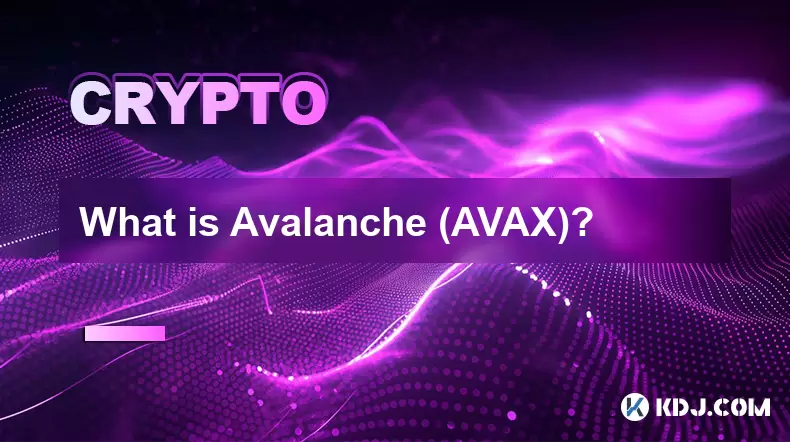
What is Avalanche (AVAX)?
Jul 22,2025 at 08:35am
What is Avalanche (AVAX)?Avalanche (AVAX) is a decentralized, open-source blockchain platform designed to support high-performance decentralized appli...
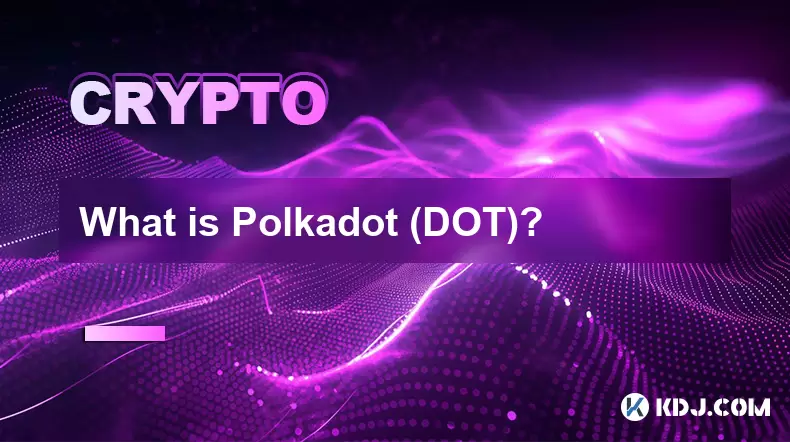
What is Polkadot (DOT)?
Jul 19,2025 at 06:35pm
Understanding the Basics of Polkadot (DOT)Polkadot (DOT) is a multi-chain network protocol designed to enable different blockchains to transfer messag...
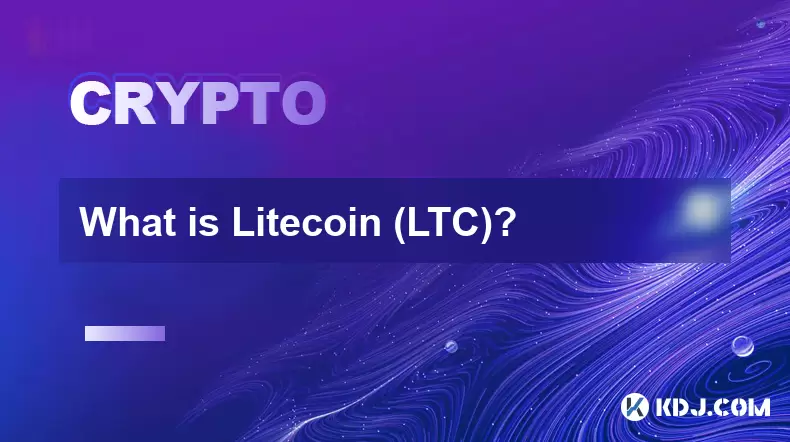
What is Litecoin (LTC)?
Jul 23,2025 at 11:35am
Overview of Litecoin (LTC)Litecoin (LTC) is a peer-to-peer cryptocurrency that was created in 2011 by Charlie Lee, a former Google engineer. It is oft...
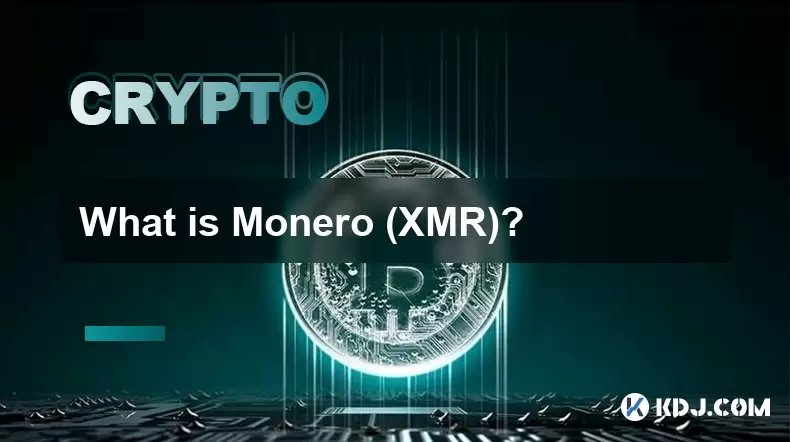
What is Monero (XMR)?
Jul 21,2025 at 10:07am
What is Monero (XMR)?Monero (XMR) is a decentralized cryptocurrency designed to provide enhanced privacy and anonymity for its users. Unlike Bitcoin a...
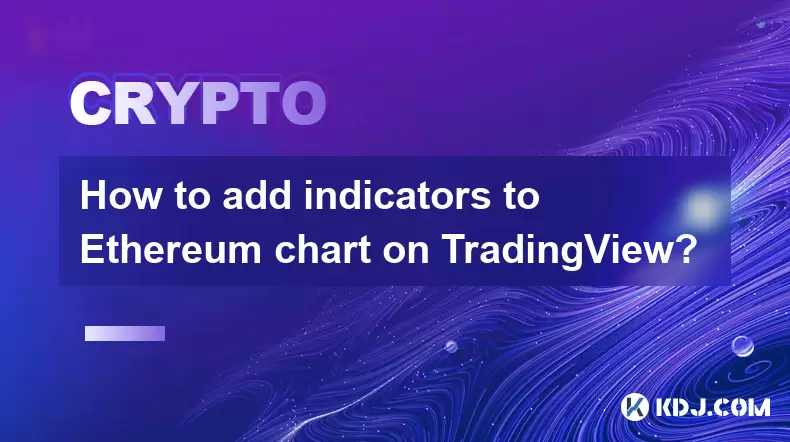
How to add indicators to Ethereum chart on TradingView?
Jul 19,2025 at 07:15am
What Is an Ethereum Chart on TradingView?The Ethereum chart on TradingView is a visual representation of the price movement of Ethereum (ETH) over a s...

What is Chainlink (LINK)?
Jul 22,2025 at 02:14am
Understanding Chainlink (LINK): The Decentralized Oracle NetworkChainlink is a decentralized oracle network designed to bridge the gap between blockch...

What is Avalanche (AVAX)?
Jul 22,2025 at 08:35am
What is Avalanche (AVAX)?Avalanche (AVAX) is a decentralized, open-source blockchain platform designed to support high-performance decentralized appli...

What is Polkadot (DOT)?
Jul 19,2025 at 06:35pm
Understanding the Basics of Polkadot (DOT)Polkadot (DOT) is a multi-chain network protocol designed to enable different blockchains to transfer messag...

What is Litecoin (LTC)?
Jul 23,2025 at 11:35am
Overview of Litecoin (LTC)Litecoin (LTC) is a peer-to-peer cryptocurrency that was created in 2011 by Charlie Lee, a former Google engineer. It is oft...

What is Monero (XMR)?
Jul 21,2025 at 10:07am
What is Monero (XMR)?Monero (XMR) is a decentralized cryptocurrency designed to provide enhanced privacy and anonymity for its users. Unlike Bitcoin a...

How to add indicators to Ethereum chart on TradingView?
Jul 19,2025 at 07:15am
What Is an Ethereum Chart on TradingView?The Ethereum chart on TradingView is a visual representation of the price movement of Ethereum (ETH) over a s...
See all articles

























